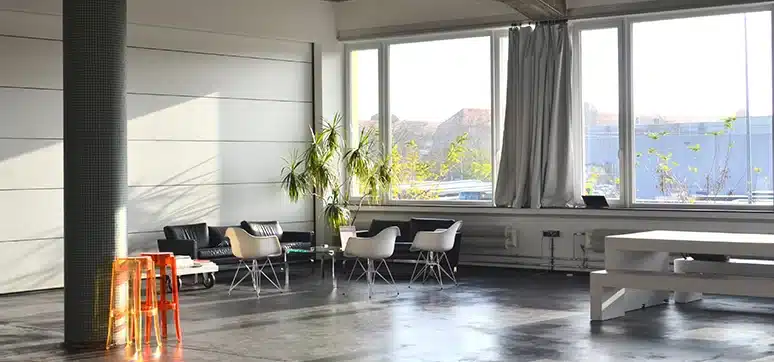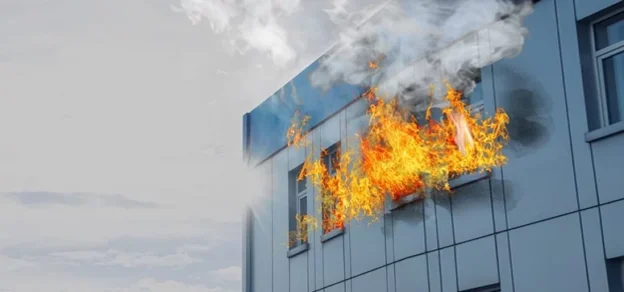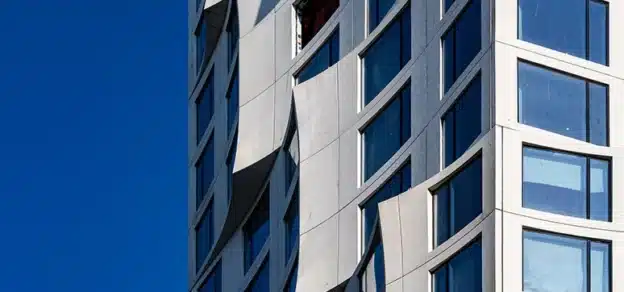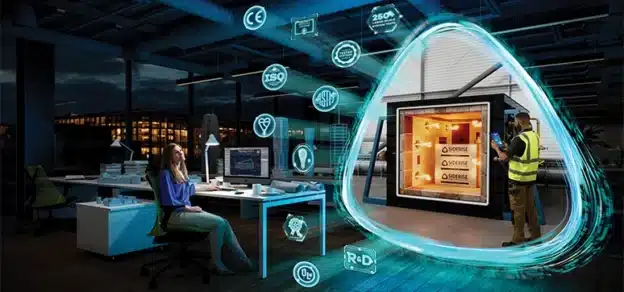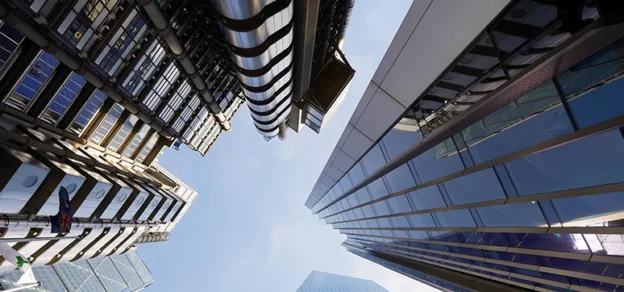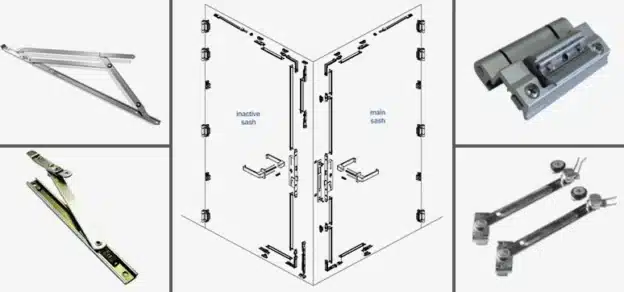The correct fenestration designs can solve a multitude of challenges. As the face of the building design and construction industry is changing rapidly, safety and security measures have become non-negotiable in the building design and construction industry. As a result, there is an increasing need to ensure the various safety measures to make projects viable.
The safety parameters for buildings comprise fire safety measures, structural safety, withstanding harsh weather conditions, safety for accident-prone zones, etc. While many of these measures can be a post-construction add-on, a few should be considered right at the conceptual stage.
Fire safety is one such factor which is segregated into three broad categories that one should look at:
- Efficient building design to incorporate passive measures
- Provision of systems and equipment for active safety measures
- Safe and secure evacuation process for occupants
Fenestration and its Role in Fire Safety Measures
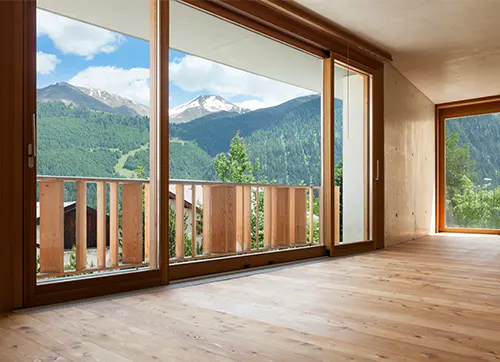
Systems such as fire alarms, sprinklers, and fire extinguishers are incorporated at the construction stage and sometimes after completion. However, architects should integrate specific measures while designing the structure to ensure enough evacuation space for occupants. It also includes making spatial arrangements for housing the fire-fighting systems, strategically using fire-resistant materials, etc. When it comes to fenestration, with technological advancements, it is possible to provide fire-safe solutions that contribute to the safety of the building.
Fenestration, as we know, takes up a significant portion of the building façade. While it dictates the quality of light and ventilation within the building, it can also significantly impact its safety. Besides catering to the appropriateness of material, function, building typology, architectural language and style, providing fire safety is of utmost importance. Fenestration and cladding help with external insulation, which can be a crucial fire deterrent. In order to achieve an efficient building envelope, it is advisable to opt for fire-resistant cladding materials and check them for their safety.

Fire-Safe Aluminium Cladding Options Available Today Aluminium Composite Panel or ACP was previously a popular choice amongst architects and builders because of the numerous advantages aluminium offers. However, the panel has a core of polyethene which is highly combustible in nature, which is a serious disadvantage of ACP. It is a known cause of fire incidents witnessed by the construction industry.
An alternative to ACP is Aluminium Composite Materials or ACM, which are fitted with a non-combustible core sandwiched between two aluminium panels, making the cladding fire safe. As a result, it has a lower environmental impact and is versatile and cost-effective. FR ACP or Fire Retardant ACP is also a by-product of the fire safety measures taken for aluminium-based cladding materials. Similar to ACM, they involve a fire-resistant core between two aluminium panels.
Role of Glass and Fenestration in Fire Safety
Glass is widely used as an insulating material in fenestrations. Glass technology has undergone tremendous research, resulting in various alternatives for increased fire resistance. High-performance glass also contributes to a lower heat gain within the building by deflecting a large portion of the solar radiation. It is a viable option for achieving energy efficiency while prioritising a lower environmental impact. Parametric design has enabled the proper selection and arrangement of efficient fenestration systems that can play an integral role in mitigating fire hazards.
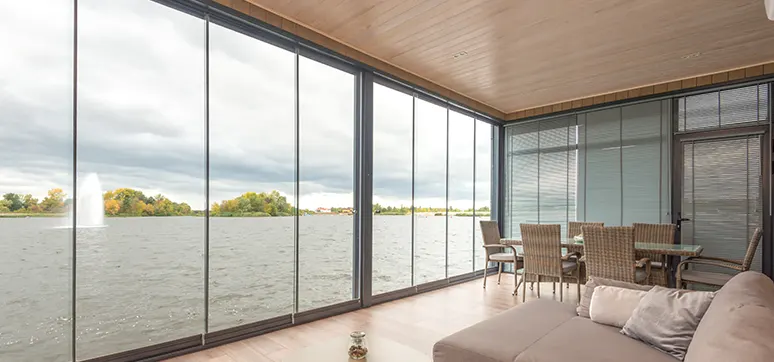
How can Fenestration Help in Fire Safety?
Apart from the materials used, the functioning of fenestration systems has a huge impact on the fire safety of a building. For example, openable shutters or vents in places where smoke is likely to occur are a much safer choice than fixed casement panels. This ensures that the smoke has a pathway for release and thus isn’t hazardous for the occupants. Another critical role that fenestration can play is to aid the evacuation of the residents of the building. Fenestration systems should allow for easy access to fire-fighting systems during evacuation and should also prioritise speedy evacuation of the occupants. Systems installed near refuge areas and higher storeys should be carefully designed to meet these needs.
Testing and Certification for Fire Safety:
Testing for fire safety ensures that the materials, systems and processes under consideration fulfil the minimum requirements of the applicable building code or local authority. All buildings in India, for instance, must adhere to the norms of the National Building Code.
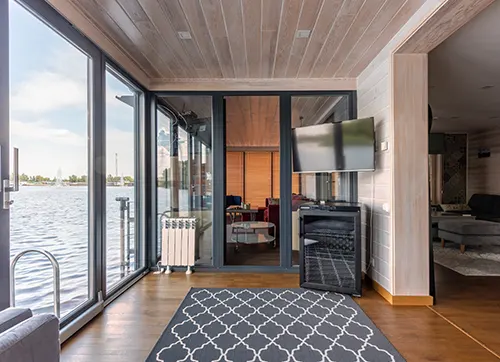
Apart from generic tests and audits, any other recommended tests should also be carried out to guarantee the safety of occupants. Additionally, one must obtain the necessary certifications to affirm quality control for extraordinary materials or systems that need to be installed for the project. It is critical to carry out fire safety tests to examine specific hazards or issues concerned with the project. For example, in factories or storage facilities that house flammable materials, there are additional tests and certifications that one must obtain to ensure that the building is fire safe.
Before commencing construction, it is important to check if the selected materials are approved for fire safety for their purpose. Builders should prioritise the use of prescribed materials that comply with fire safety norms and offer high performance.
A few examples of fire testing for products and systems are:
- ASTM E84 Standard Test Method for the surface burning characteristics of building materials, also known as the Steiner Tunnel Test
- DIN 4102 Part 1 Fire behaviour of building materials and building components – Part 1: Building materials; concepts, requirements and tests.
- Test Houses performing the said tests are Exova Warrington U.K, PSB Singapore, and Thomas Bell Wright Associates Dubai, to name a few.
In addition to testing prior to construction, it is also advisable to carry out timely fire safety audits to ensure the workability of the installed systems.
Designing Aluminium Façades that Ensure Fire Safety
Working closely with fenestration experts and consultants on projects can ensure that one can implement fire safety measures properly. Fire safety is an integral consideration right from the conception of the fenestration system design and cladding – rather than an afterthought.
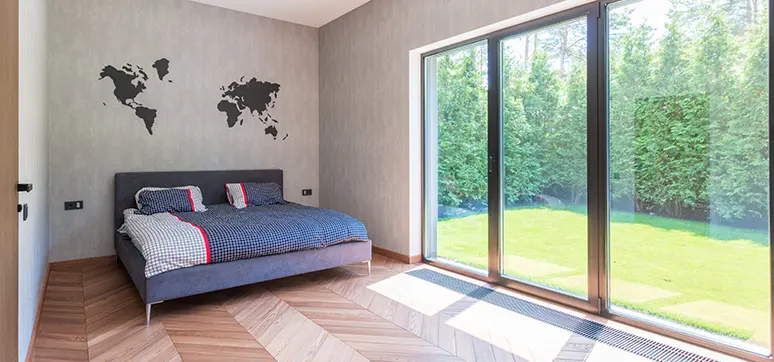
Insulation is an important factor to consider when designing aluminium façades. Whether it’s for composite cladding or fenestration systems, insulation can largely affect the quality of a building. Other than that, one must ensure that the quality standards are met while also considering that an economical approach is ideal in façade design for fire protection. The installation of these systems should not present any fire hazards. These façades should also look at curbing the spread of fire by acting as a barrier.
Façade and fenestration play an important role in the fire safety of a building and significantly contribute to the occupants’ well-being. Looking at the aluminium cladding and fenestration systems holistically can enable designers to enhance the safety measures for the project right from the planning stage.
